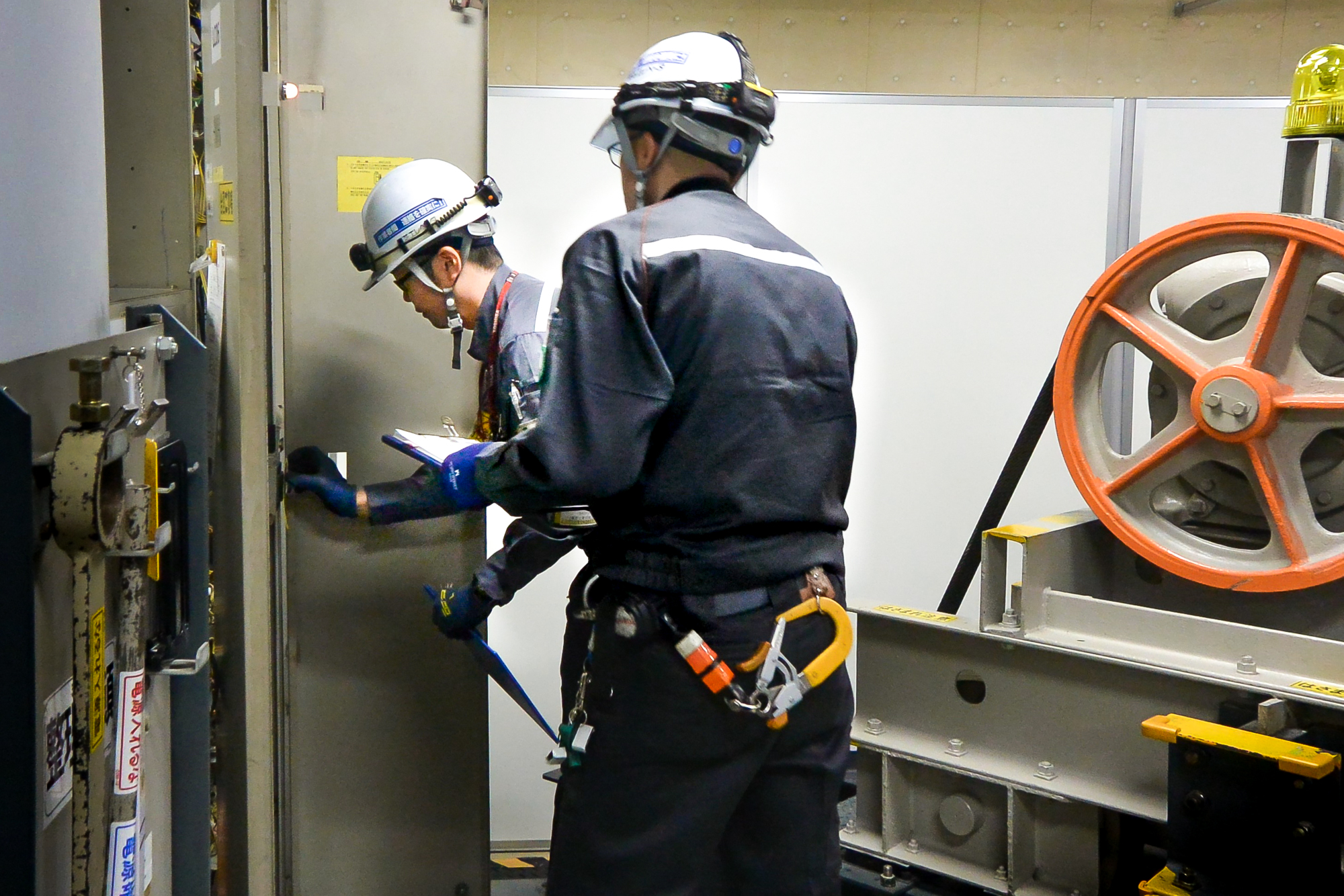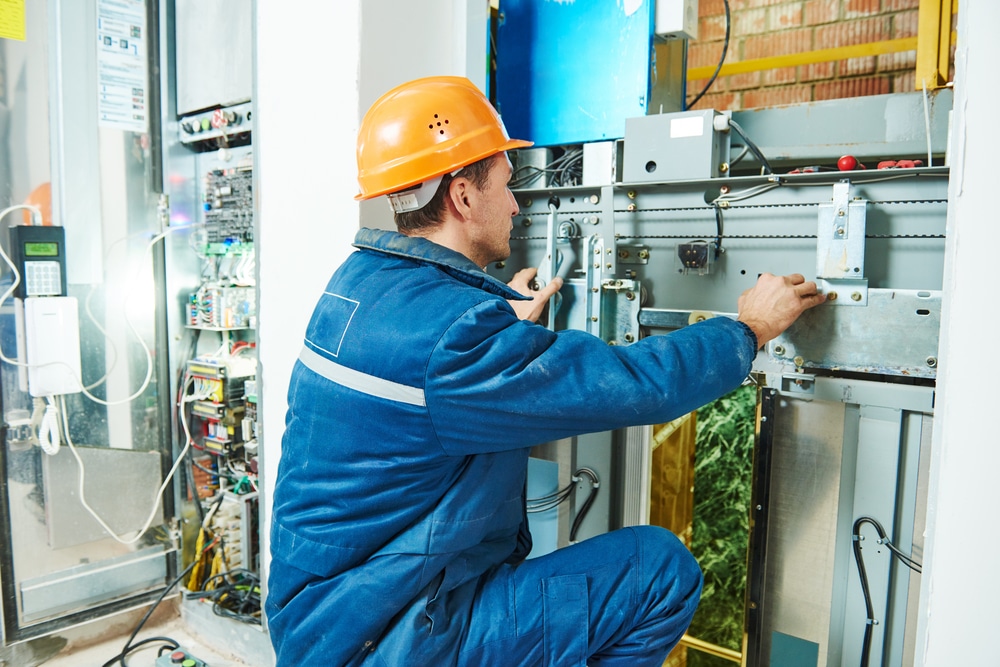Comprehensive Lift Maintenance Solutions for Efficient Structure Workflow
Comprehensive Lift Maintenance Solutions for Efficient Structure Workflow
Blog Article
Discovering the Comprehensive Actions Needed for Lift Maintenance
In the realm of structure maintenance, making sure the proper functioning and safety and security of lifts is critical. By resolving key elements such as aggressive maintenance timetables, security checks, and emergency situation preparedness, a complete understanding of the intricacies included in lift maintenance can lead to boosted efficiency and safety.
Routine Examinations
When it involves making certain the longevity and security of your lift system, routine examinations are paramount. These routine checks play a vital duty in recognizing any potential issues before they intensify right into significant problems, making certain the safe and smooth procedure of the lift. By conducting regular assessments, upkeep groups can proactively address wear and tear, defective components, or any other issues that may compromise the lift's performance or safety and security.
Throughout these assessments, trained specialists thoroughly check out different facets of the lift system, consisting of mechanical components, electrical systems, safety functions, and overall architectural integrity. By identifying and dealing with concerns early on, these evaluations aid avoid pricey repair services, downtime, or security hazards, eventually expanding the lifespan of the lift system and making certain the well-being of its individuals.
Aggressive Maintenance Schedules
Carrying out proactive maintenance routines is essential for making best use of the efficiency and durability of lift systems. By sticking to a proactive upkeep strategy, lift owners can attend to possible issues before they intensify right into significant problems, ultimately minimizing downtime and expensive fixings. Proactive maintenance involves routine assessments, lubrication of relocating components, screening safety and security features, and replacing worn components. These scheduled maintenance tasks not only assist in protecting against failures but also contribute to maintaining the lift's performance at ideal levels.
A well-structured proactive maintenance timetable need to lay out details jobs, regularities, and accountable personnel. It is essential to follow supplier referrals and market standards when developing these timetables to make sure the lift operates safely and efficiently. Additionally, recording upkeep activities and maintaining comprehensive documents can supply valuable understandings into the lift's efficiency in time, assisting in making and recognizing patterns educated maintenance choices.

Safety And Security Conformity Checks
Guaranteeing safety and security compliance via complete checks is paramount in maintaining lift systems' integrity and securing individual health. Security compliance checks include a comprehensive analysis of various parts, including electrical systems, mechanical components, emergency brakes, doors, and various other essential security attributes. These checks are vital to recognize any prospective threats or malfunctions that can compromise the lift's operation and put users at threat.
Routine safety and security compliance checks must be performed by qualified professionals in adherence to industry policies and criteria. These checks aid in discovering concerns beforehand, enabling timely repair work and preventative upkeep measures to be executed. Maintaining detailed records of safety compliance checks is important for tracking the lift system's performance over time and demonstrating compliance with security policies.
Tools Upgrades and Modernization
Enhancing lift systems with equipment upgrades and innovation is vital for enhancing efficiency and safety and security criteria in vertical transportation. As modern technology breakthroughs, older lift systems might become out-of-date, causing reduced dependability and potential safety threats. By purchasing equipment upgrades and innovation, building proprietors can guarantee that their lifts meet existing industry criteria and regulations.

Along with operational advantages, equipment upgrades and innovation projects can likewise boost the aesthetic appeals of the lift, providing a much more attractive and modern-day experience for passengers. Inevitably, spending in lift upgrades and innovation is a proactive method in the direction of ensuring the durability, safety and security, and performance of vertical transport systems.
Emergency Situation Readiness Planning
An efficient emergency situation readiness plan is important for making certain the security and quick feedback in case of unforeseen occurrences entailing lift systems. Emergency situation preparedness planning for lift systems involves a methodical technique to minimize threats, ensure passenger security, and lessen downtime throughout emergency situations.
Trick components of an emergency preparedness prepare for lifts include clear communication protocols, regular training for lift operators on emergency procedures, and routine drills to evaluate the effectiveness of the plan. lift maintenance contract. Furthermore, the strategy must detail certain roles and obligations for all stakeholders included, consisting of structure administration, maintenance workers, and emergency -responders
In the occasion of a lift malfunction or entrapment, having a distinct emergency plan can help in coordinating a prompt and efficient feedback to make certain the security and health of passengers. Prompt interaction, access to emergency tools such as communication gadgets and emergency lighting, and understanding of emptying procedures are necessary facets of a detailed emergency preparedness plan for lift systems. By focusing on emergency preparedness preparation, structure supervisors can boost the total safety and security and integrity of their lift systems.
Conclusion
In final thought, the thorough steps required for lift upkeep consist of routine assessments, positive maintenance timetables, safety compliance checks, equipment upgrades and innovation, and emergency readiness preparation. These actions are necessary for ensuring the safety, reliability, and effectiveness of lifts in various setups. By executing these procedures, lift owners can reduce the risk of crashes, prolong the life-span of their tools, and abide with sector laws.

During these inspections, trained experts extensively examine different aspects of the lift system, consisting of mechanical parts, electric systems, safety and security features, and general structural integrity.Making certain security conformity via thorough checks is extremely important in keeping lift systems' integrity and safeguarding user well-being. Keeping comprehensive records of safety compliance checks is important for tracking the lift system's efficiency over time and showing conformity with security regulations.
By focusing on emergency readiness preparation, building managers can boost the total safety and security and integrity of their lift systems.
Report this page